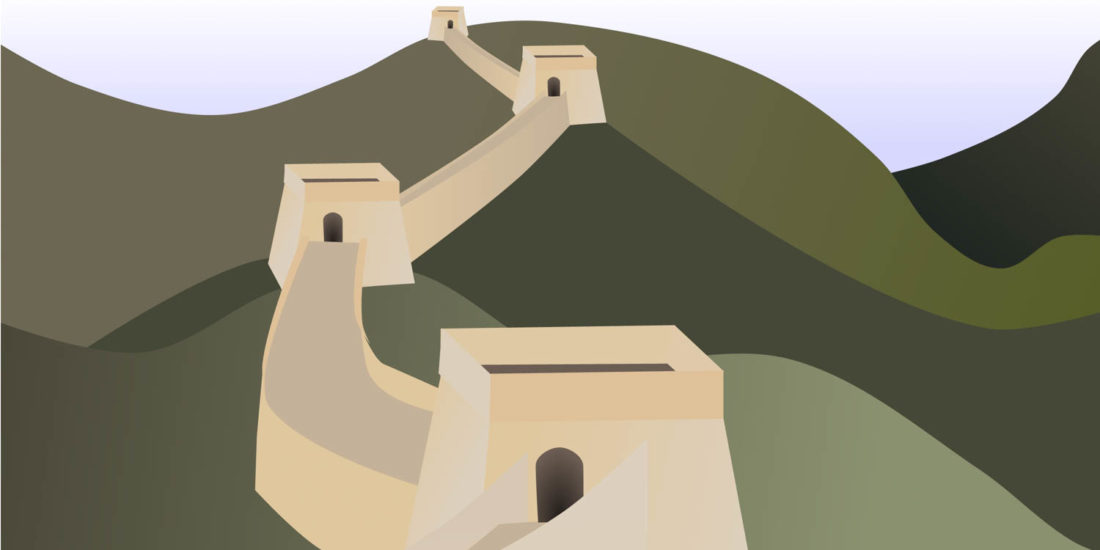Between the late fourth century BC to 1644 AD, at least 16 border-defence systems were intermittently built (or inherited and operated) by rulers of Chinese dynasties – all of them functioning as fortifications against nomadic cavalry from the north. These are known as “Great Walls of China”. Chinese chroniclers wrote a great library about their empires, including a history of each dynasty, but shy of rough work on imperial frontiers they seldom reference “Great Walls”. Today, their remnants comprise the largest system of related ancient ruins in the world, yet in spite of the urgent need to conserve these monuments, their academic study and field research is ignored by university faculties – because “Great Wall Studies” transcends many fields.
By reviewing a series of personal Great Wall explorations, field-research foci, discoveries, advocacy and archive projects carried out and achieved in China between 1987 and 2017, as a geographer, author and film-maker, I will show how diverse, personal, unconventional – and “foreign” – approaches have made significant contributions to the surprisingly narrow, Sino-centric and limited corpus of Great Wall knowledge, as well as popular understanding.
“The Great Wall”, the most famous building in the world, a bucket-list must-see, remains the least-known and most superficially protected of UNESCO world heritages, as continuing damage to it by nature and man shows. I hold that a better future for its protection, and rational, economic, educational and inspirational uses, rests with the development of “Great Wall Studies” as an integrated course at university level.

